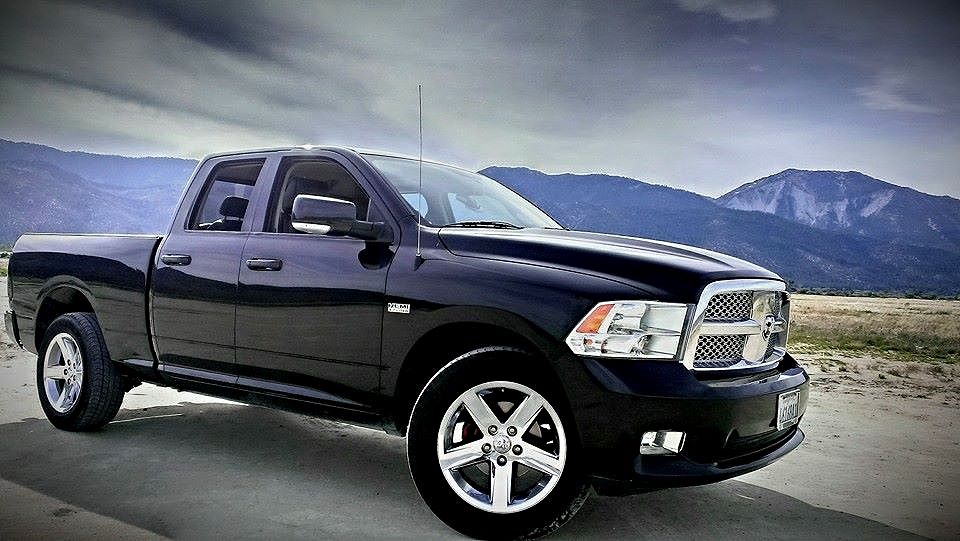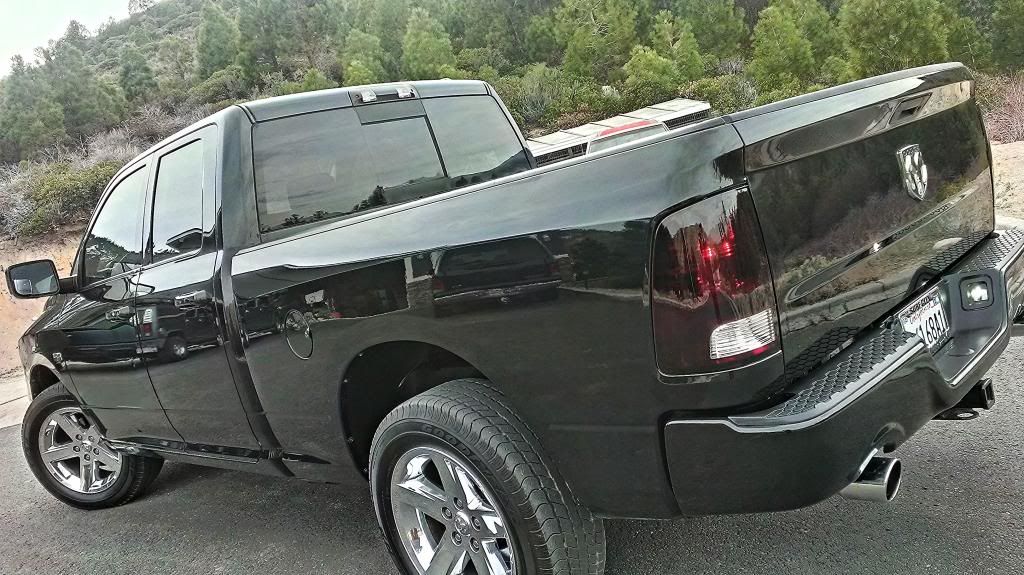Angles make a huge difference. Also i like to take my pictures and darken them as well as sharpen them. This makes the reflection in the paint stand out more.
Here are a couple tips. Turn the wheels to the right and take a shot from the drivers side and be lined up so you are staring straight at the face of the tire. Do this with the sun behind you. This shot shows reflection in the paint, how clean the wheel wells are, how clean the tires are, and is kind of a dramatic angle when done right.
My rule of thumb is no matter where i am around the car im essentially aiming at the face of the turned wheel.


